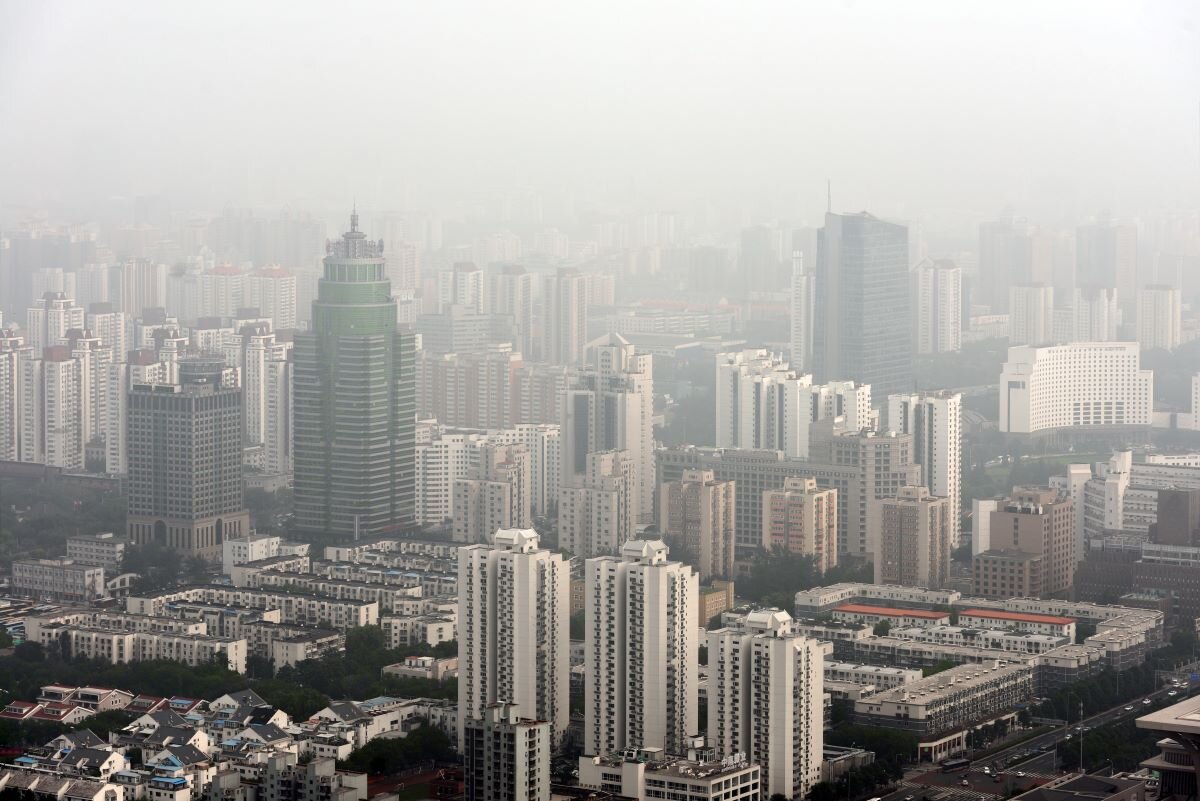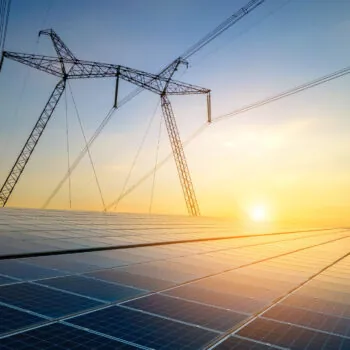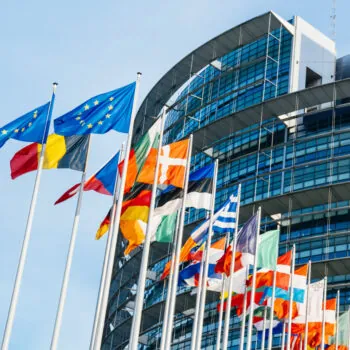2022 will be the year Beijing puts the final touches on its long-term climate policy plans and sets five-year development goals on sectoral and provincial levels. These policies will primarily be shaped by domestic politics. But tense geopolitics – including growing momentum to deploy climate-related trade measures and more vocal demands from climate vulnerable countries – will continue to play a part in Beijing’s climate calculus and shape the room for climate diplomacy.
Climate Tensions
In 2021, tensions between the West and China began to spill over into the climate policy space. Notably, this included controversy over Brussels’ plan to introduce a Carbon Border Adjustment Mechanism and Washington’s actions to restrict Chinese imports, which included solar panels from Xinjiang, over alleged human rights abuses. The EU-US initiative to forge a green steel club, Brussels’ new legislation on batteries, and Germany’s plan to pursue an international climate club with the G7 nations might add new flashpoints to climate diplomacy in 2022.
Solidarity with Climate Vulnerable Countries
Rising expectations by climate vulnerable countries for major emitters to strengthen their climate targets were on full display at COP26 and stood in stark contrast to Beijing’s current carbon goals. Climate vulnerable countries expressed strong disappointment with China’s and India’s efforts to weaken the language on coal in the final COP26 pact.
In 2022, whether China’s climate record will be increasingly placed under the spotlight by the climate vulnerables remains to be seen. Beijing is stepping up engagement with vulnerables in the Indo-Pacific. China’s recent commitments to Africa on vaccines and COVID relief funds via special drawing rights have trumped similar offers by the EU and the US. These offers from Beijing come amid the under-delivery of climate finance by developed countries and the G7’s lacklustre performance on COVID relief support to developing countries. Unless these broken promises in climate and development finance are addressed, the mistrust between developed and developing countries is likely to shield Beijing from more vocal demands from the climate vulnerables on strengthening China’s climate targets.
BRI’s contenders
2022 is the year when China’s Belt and Road Initiative (BRI) faces new contenders, including the EU’s Global Gateway. These new initiatives could offer new and additional finance to support energy transition in developing countries. Simultaneously, Beijing pledged to step up support for low-carbon energy overseas. It remains to be seen how developing countries will choose between the values- and standards-driven initiatives by the West and China’s less-strings-attached approach. China’s new Global Development Initiative (GDI), driven by aid and centred around the delivery of the Sustainable Development Goals, will emerge as a new funding mechanism to drive China’s international development strategy.
Energy Security
China’s power crunch in the autumn of 2021 focused Chinese policymakers on the energy security implications of climate policies. Although analysts have pointed to administrative missteps and outdated power pricing mechanisms rather than climate policies as the cause of the power crisis, Chinese leaders have since struck a more cautious tone when referencing climate policies and have introduced a series of measures to boost the development of clean coal. While ensuring energy security is central to a fair and just transition, these fresh concerns on energy security could be manipluated by fossil fuel incumbents to delay the transition.
Party Congress
This autumn at the 20th Congress of the Chinese Communist Party, Xi Jinping will lay out his long-term vision for China as he secures his third term as President. The policy direction set out in Xi’s work report to the Congress will be the bible that guides the next five years of policy decisions. Work reports from previous party congresses have elevated concepts such as ‘socialism with Chinese characteristics’ and ‘ecological civilisation’ as core strategic goals for the country. How Mr. Xi articulates climate and energy policies in his work report should be closely watched.
The Real Estate Slump
Given the outsized contribution of the property sector on China’s economy and carbon emissions, how the central government manages the real estate debt crisis – buying time by loosening credit controls or a more managed deleveraging – could potentially impact China’s emissions trajectory. The current crisis contributed to a slight drop in China’s carbon emissions for the first time since early 2020. There are signs that Beijing is easing the strict debt measures and addressing the crisis with more debt. But some analysts believe that the Chinese economy can tolerate a steeper decline of the property sector with the right sets of measures. How will China manage the economic slowdown and identify new drivers of growth that align with its climate ambition?
This article was released as part of E3G’s February 2022 newsletter, Climate diplomacy in 2022: shaping the rhythm of delivery. Subscribe to future E3G newsletters here.


